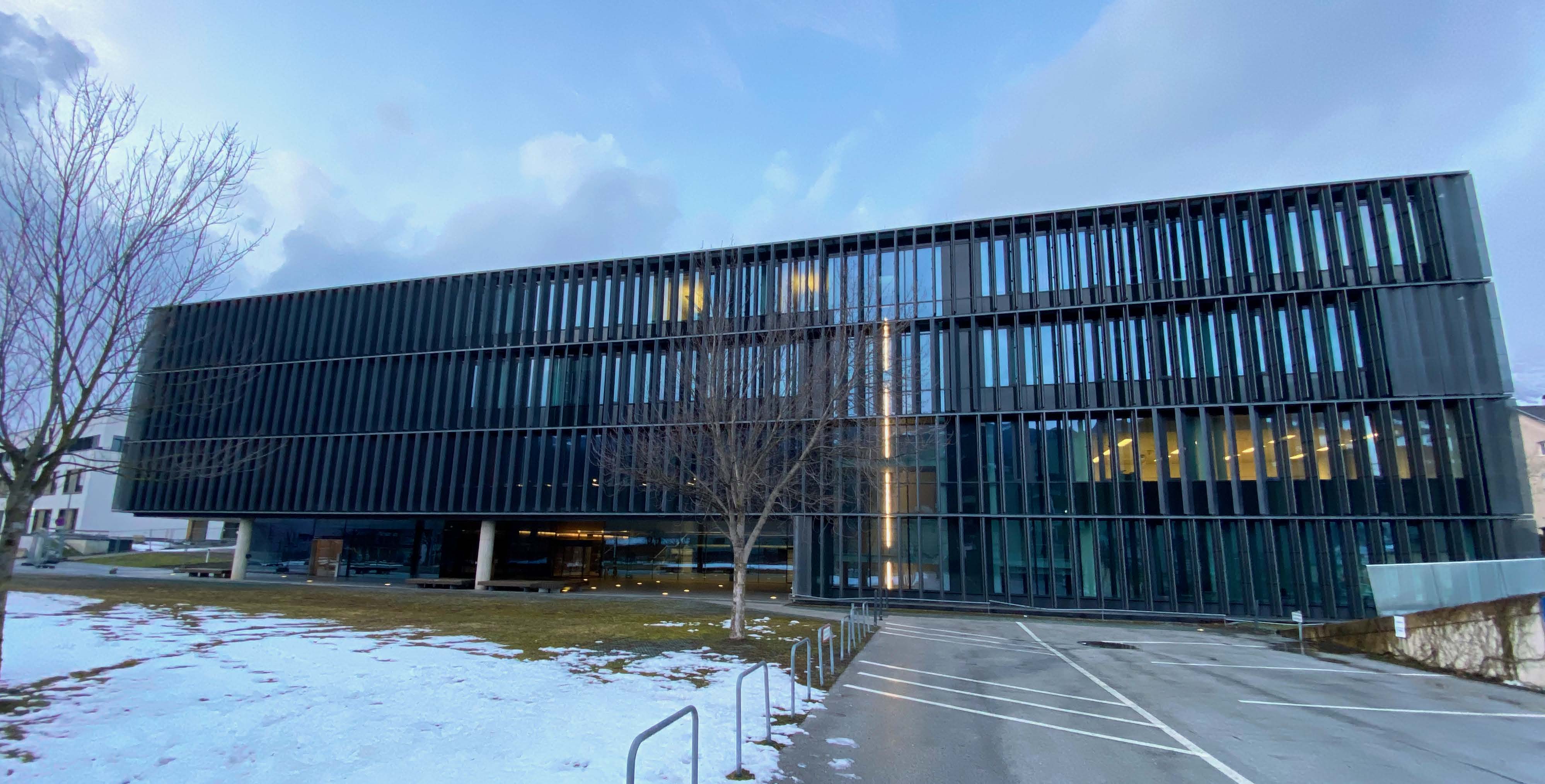Research Stay of Mesut-Ömür Özden

| Visiting period: | 10.02.2020 - 13.03.2020 |
| Visiting institution: | UMIT Tyrol - Private University For Health Sciences and Health Technology, Austria |
| Visiting scientists: | Dr. Johannes Vorwerk, Prof. Dr. Daniel Baumgarten |
Creating and solving an accurate model of the human head with its several tissue types such as skull, skin, or white matter and their unique electrical properties requires an extensive and interdisciplinary expertise.
FBetween February 10th and March 13th 2020 I was invited to the Institute of Electrical and Biomedical Engineering at UMIT in Hall in Tyrol, Austria, where I had the privilege of working under the guidance of Dr. Johannes Vorwerk. As an expert for computational human head models and solving EEG and MEG forward problems with the finite-element method (FEM), Dr. Vorwerk provided me with new insights on creating and optimizing 3D head models for use in simulations with magnetoelectric magnetic field sensors (ME sensors).
I was welcomed in Susana’s group very cordially and they integrated me seamless into their processes and labs. Lisbon is a beautiful and livable city with great food, people and culture which made my stay very pleasant also outside the lab.
I gained valuable experience in creating and optimizing software pipelines that can be used to extract data sets from magnetic resonance imaging (MRI) recordings of a real head, performing segmentation of different tissue domains on this data, and lastly, importing the data in appropriate formats into a multiphysics simulation software for FEM studies involving both a human head and ME sensor within a combined model.
Aiming to provide insights into the behavior of ME sensors in biomedical applications, FEM simulations with combined models of ME sensors and realistic human anatomy are a promising tool for future investigations within the Collaborative Research Center 1261 (CRC 1261).
I would like to express my gratitude towards Dr. Vorwerk and Prof. Baumgarten for their kind invitation and for giving me the opportunity to work with them. Finally, my thanks go to the German Research Foundation (DFG) for funding my participation in this research stay as part of the CRC 1261.
Mesut-Ömür Özden




